Sawara Grand Festival - Witness An Amazing Parade Of Giant Floats

The giant float parade held yearly in October in Sawara (Chiba prefecture) is a magnificent festival listed as an Intangible Folk Cultural Property. This day trip route from Tokyo includes a visit to historical Kashima Shrine and the Sawara Grand Festival
If you travel to Japan in the autumn and would like to experience the traditional side of this country's culture, how about trying to make it to the Sawara Grand Festival? This amazing celebration held yearly for three days in the second week of October has a century-long tradition in the Sawara City of Chiba Prefecture, just an hour away from Tokyo. It consists of an impressive parade of beautifully decorated giant floats, created through the efforts of all the citizens. The parade itself has been designated an Intangible Folk Cultural Property of Japan.
This time we will introduce a day trip route that includes a visit to Kashima Jingu Shrine in Ibaraki, one of the most prominent shrines in eastern Japan and dedicated to the deity of martial arts, and the Sawara Grand Festival, held this year between October 13th and the 15th, which reaches its climax in the afternoon.
10:40-12:40 -- Bus from Tokyo Station to Kashima Jingu Shrine
From Tokyo Station, take the Yaesu South Exit and head to bus stop no. 1 for a direct bus to Kashima Jingu Shrine.
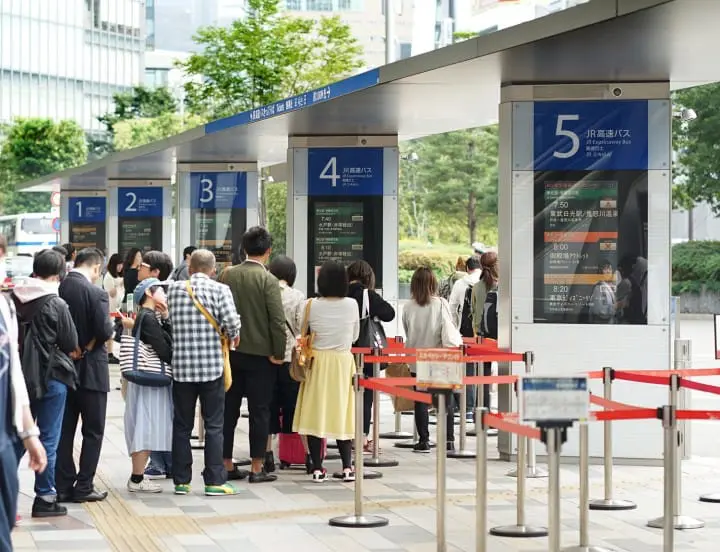
You can either buy the ticket (1830 yen) at the JR Bus counter located on your right after exiting Tokyo Station or you can buy it as you board the bus. Please keep in mind that you cannot book tickets and seating is non-reserved.
In about two hours, you'll be arriving at Kashimajingumae Station. From here, it's a short walk (around 7 minutes) to the entrance to Kashima Shrine.
13:00-14:00 Discover Kashima Jingu Shrine
Kashima Jingu Shrine, located in Kashima City, Ibaraki Prefecture, is one of the largest shrines in eastern Japan (Kanto). It is dedicated to Takemikazuchi no mikoto, the guardian deity of martial arts, and its origins go back to the era of Emperor Jinmu, who is said to have founded this shrine around the year 660 BC, in honor of the deity who helped him win many battles.

Kashima Shrine’s main worship hall was built by the second shogun of the Edo era (1603-1868), Tokugawa Hidetada. It comprises four parts, with the main shrine at the back where the divine spirit of the god is enshrined.
To pay your respects, throw a coin between the slats, clap twice, bow twice, put your hands together and wish away. Finish the prayer with one final bow.
The 13 m high tower gate of Kashima Jingu is an important cultural property. Since it was built in 1634 by shogun Tokugawa Yorifusa, it requires regular maintenance - currently the walls are being repainted in vermilion red.

The shrine grounds are covered by a beautiful forest. Giant cypress trees and more than 600 kinds of plants grow in this serene area. It is a great chance to get to know Japan's nature by taking your time as you stroll along the paths.
You will find an area inhabited by deer on the grounds of the shrine. These deer have a fascinating story. It seems that deer and stags you see roaming freely in Nara, Japan’s ancient capital, are actually from Kashima, which in Japanese translates to “deer island” (ka-shima).
More than 1,000 years ago, the Fujiwara clan, a powerful aristocratic family, used to worship Takemikazuchi no mikoto – the guardian deity of warriors – at Kashima Shrine. But since the clan was based in Nara, which was the center of political power at that time, it was too far to visit Kashima regularly. To get around the problem, the spirit of Takemikazuchi had to be transported to Nara. Legend has it that Takemikazuchi was placed on the back of one white deer along with 99 regular deer and transported to Mt. Mikasa in Nara.
After WWII, the deer around Ibaraki Prefecture disappeared so Kashima Shrine asked Nara to give some back to repopulate the area. The stags you see now at Kashima Shrine are back in their original home but are caged to stop them from affecting the protected fauna growing within the compounds of the shrine. On a side note, the link between Kashima and deer is celebrated in the name of the local soccer team, “Kashima Antlers”, who is Japan's current champion.
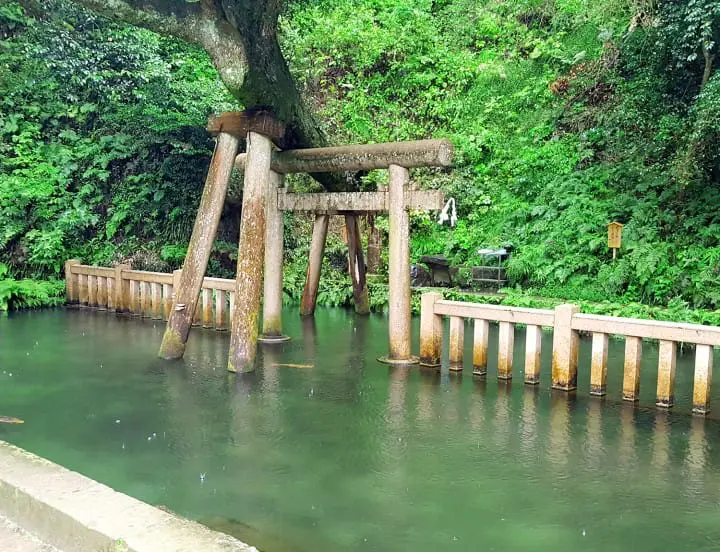
Mitarashi Pond is another place within the shrine grounds that you don't want to miss. Considered one of the seven wonders of Kashima Shrine, it holds about 400,000 liters of spring water that’s clearer than a glass of sake.
Legend has it that for those who entered the pond as part of the initiation ceremony into Shinto priesthood, the water would remain at chest-height for both an adult and a child.
14:00 – 15:00 Lunch at Hitoyasumi

Right next to Mitarashi Pond is a cozy café that specializes in soba, handmade buckwheat noodles, and dango, round rice-flour dumplings on a bamboo stick. The café is open from 9:30 AM to sunset.

You can start off with the main meal, springwater noodles which can be enjoyed together with tempura (deep fried vegetables) in a set called Yusui tempura soba (1560 yen). The noodles are boiled then washed in, you guessed it, the same spring water that falls into Mitarashi Pond.

For dessert, try the three-colored dumplings (sanshoku dango) for 400 yen. The first type (right) is the white base regular dango which is dipped in a sweet syrup made with soy sauce and sugar. The second (middle) is mixed with mugwort, which gives it a greenish colour and a refreshing taste. The last type (left) is mixed with millet, a type of cereal. Finally, the dumplings are topped with anko, sweet bean paste.
This savory dessert will give you the energy for the next highlight of our trip, the Sawara Grand Festival.
15:00 Taking the Train from Kashimajingu Station to Sawara
The shrine is approximately 7 minutes away from the station. Go back to the main entrance to the shrine and continue to walk straight until you see the first traffic lights, then turn right and walk all the way down until you see Kashima Jingu Station.
Buy a 320-yen ticket for Sawara Station using the vending machine. The train departs at 15:00 and reaches Sawara Station at 15:22. As trains come twice every three hours, be careful not to miss your train.
The 20-minute ride offers great views of Chiba's landscapes on both sides.

Once you arrive at Sawara Station, make sure to stop by the tourist information counter located in front of the station. There you can grab English brochures and a pamphlet with information on the Grand Festival. The guide map of the festival is in Japanese only, but it comes with a QR code that makes it easy to follow the parade. In order to make the most of your time at the festival, you'll need to scan this later with your mobile phone.
15:30-17:00 -- Sawara Grand Festival
Sawara's Grand Festival, consisting of an amazing float (dashi) parade, is considered one of the top three greatest festivals in Kanto, a proud tradition dating back 300 years. Sawara has two grand festivals: the Gion Festival in July and the Autumn Festival held for three days in the second week of October.

Each of the 25 blocks in the town has its own float, 14 of which are pulled and shown around the town during the parade. Each float carries representations of prominent figures from Japanese history and mythology.
Sawara was known as Koedo or little Edo (former name of Tokyo) and was once a prosperous river trading port. Even today, its legacy is intact for generations to admire and appreciate. Ono River runs through the town separating it into two areas: Honjuku on the east and Shinjuku on the west.

By the late 18th century, Sawara not only flourished as a vital trading port but also grew into a major financial town in the Kanto region with more than 1300 houses and a population of more than 5000. Enjoying this economic prosperity, the Sawara Festival and the spirit of the locals developed into what it is now - a magnificent celebration, as vibrant as the music and noise that the onlookers and participants make.
In the early days of the Edo era (1603 - 1868), the second longest river in Japan, Tone River, served as a major trade route to Tokyo. It would take about three days from Sawara to Tokyo via the Tone and Sumida rivers using the boats.
Sawara's traditional townscape is fascinating and you'll find yourself taking hundreds of pictures. Take a look at some of the highlights and moments captured on my trip to this town.
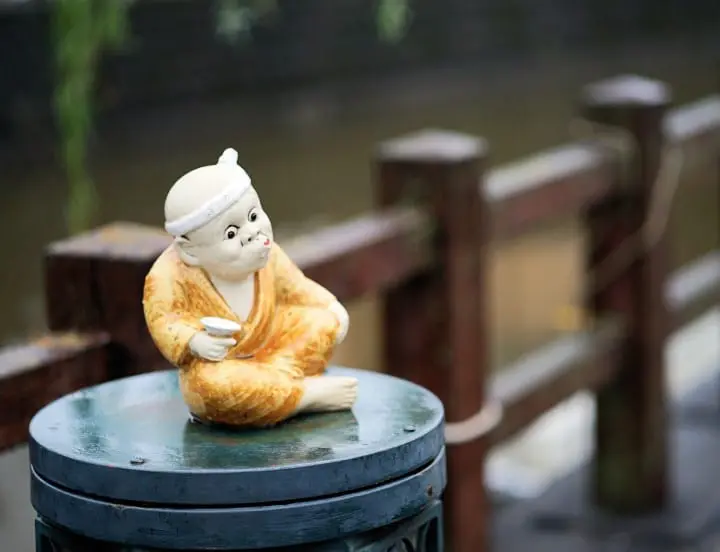
When in Sawara, do as the Sawara people do when they get into the festival spirit. This is one of many characters placed on the short street lamps along Ono River.
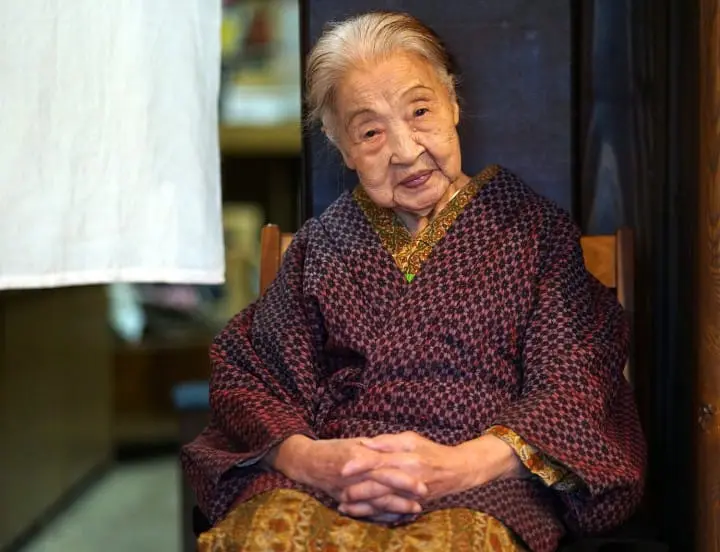
Kiiko Hiratsuka is a local celebrity here. You can find her in Fukushin, a kimono store and museum located near Chukei Bridge. Her smile speaks 94 years of history.

The photo above shows my home-grown guide Mr. Aoyagi (right) and Mr. Takaya (left), the director of Sawara Machinami Koryu Kaikan, an NPO dedicated to the preservation of Sawara's traditional townscape.
17:00 Giant Floats Parade Through The Town
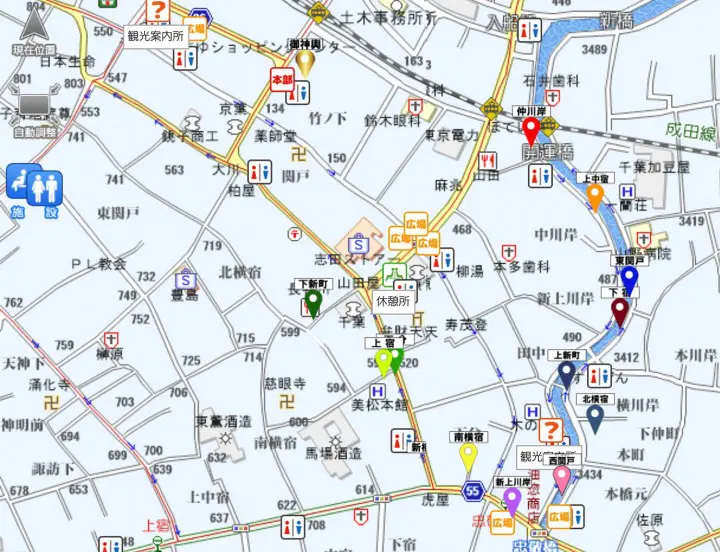
Pull out the festival guide map you got earlier and scan the QR Code with your mobile phone. Although the application is in Japanese, you can just focus on the movement of the pins, which represent the 14 festival floats.

The "dashi" is a float adorned with colorful figures such as 5m tall dolls, mountains, fish, birds, spears, animals or plants and is pulled along the streets by dozens of proud locals during festival parades. The word dashi referred to an earthly place where gods descended upon.
Doll makers had the tough job of crafting extravagant and unique dashi dolls. By the late Edo period, a friendly contest arose between townspeople, which motivated wood craftsmen and doll makers to strive to create increasingly elaborate figures.

Shrine carpenters (miya daiku), those who build and repair shrines, temples, and dashi, create intricate carvings and sculptures on zelkova and oak hardwood.
All 14 floats had been assembling from the station along the train crossing since 2 PM. From 5 PM, the floats begin parading the streets, along with the dances and cheering of the onlookers.

One of the highlights of the event is when the dashi is rotated showing off its four sides, which are all magnificently decorated.
Edo style floats have two major features: one is that they feature tall figures of heroes or animals, and the second is their intricate carvings. As Sawara fostered closer ties with Edo, the locals were encouraged to create more elaborate floats, which eventually evolved into the two-leveled dashi we can see today.

Dashi can weigh more than four tons so dozens of strong people are needed to push and pull it. I couldn't help cheering them: "Come on, you’re almost over Chukei Bridge!"

Not even rain will stop the townspeople from dancing and enjoying the three-day celebration in one of Kanto’s three greatest festivals.
The Sawara Grand Festival is indeed a marvelous celebration that lets you witness traditional Japanese culture in its authenticity.
19:21-20:42 -- Taking The Train from Sawara Station to Tokyo
In the evening, there are no more direct buses to Tokyo, so taking the train is the best way to get back into the city. From Sawara Station, take the Narita Line train heading to Chiba Station and go all the way to the last stop. At Chiba Station, take the Sobu Rapid Line train bound for Kurihama and get off at Tokyo Station which you will reach at 21:22. The ride will cost 1660 yen.
We hope you enjoy your trip to Kashima Jingu and Sawara at the time of the impressive Sawara Grand Festival.
Kashima Shrine - Sawara Grand Festival Route Summary
Tokyo Station → Kashima Jingu Shrine → Sawara Station → Tokyo Station.
Transportation expenses: bus to Kashima Jingu - 1830 yen, train from Kashima to Sawara - 320 yen, train from Sawara to Tokyo - 1660 yen.
Other expenses (lunch, souvenirs etc.): around 3000 yen.
Supported by The Three Cities in the Suigo district(Katori, Kashima, Itako)
Celebrating culture with words, photos and stories.













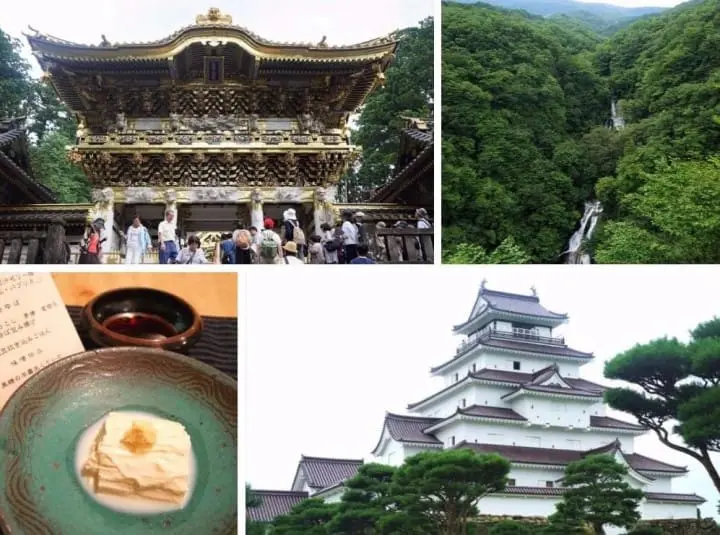


























![[Coupon Available] Attention Overseas Winter Sports Fans! Nagano's Sports Depot Has Evolved](https://resources.matcha-jp.com/resize/720x2000/2026/01/05-254819.webp)
![[2 hours from Tokyo ] 10 Quiet and Breathtaking Views of Mount Fuji in Yamanashi Hokuto City , Yamanashi - Part 2](https://resources.matcha-jp.com/resize/720x2000/2025/12/16-253037.webp)

![[Reopening in March 2026] Ikoma Sanjo Amusement Park Park, 45 minutes from Osaka , with free admission](https://resources.matcha-jp.com/resize/720x2000/2024/08/28-194409.webp)